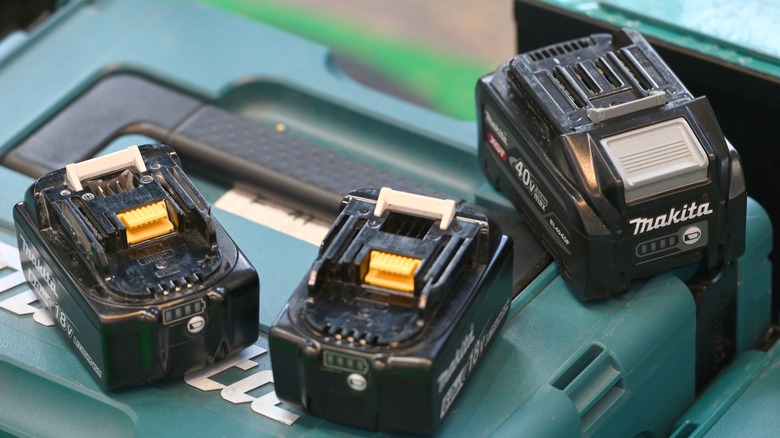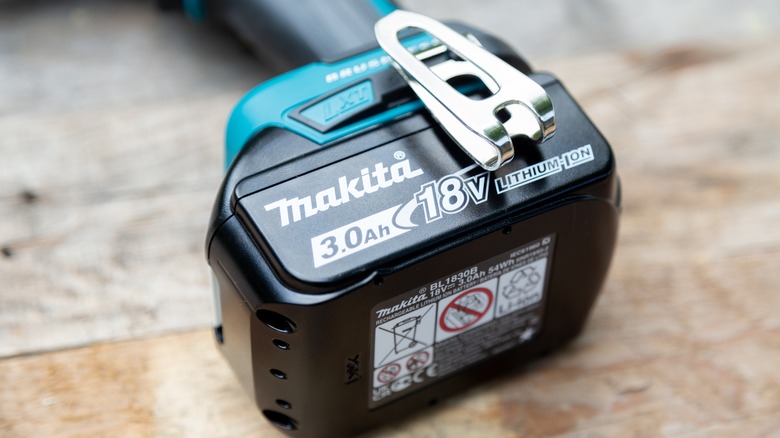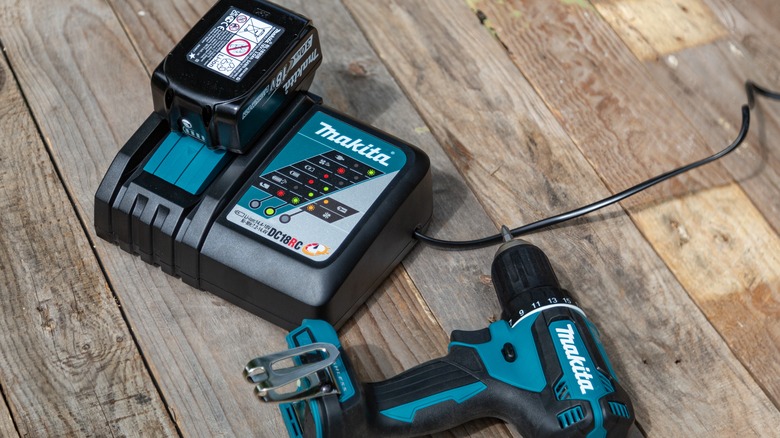Can You Refurbish Or Rebuild Makita Batteries?
When it comes to tools that pros and hobbyists would choose, Makita is a name that regularly features among the best power tool brands available. Not only does it have a rich history of consistently producing an extensive range of affordable power tools, but it has also become a staple of garages and jobsite trailers everywhere. The reason? Makita power tools are durable and reliable. Plus, its cordless lineup is extremely convenient and relies mostly on Makita's LXT battery technology, which powers over 350 products, including these 18V Makita tools that users recommend most.
In addition to that, these batteries are tough and reliable; they can easily serve you for around 300 to 500 charge cycles before they begin to deteriorate. However, that doesn't mean they are immune to common problems that affect power tool batteries. Without proper care, they'll start to overheat, experience shorter-than-expected usage life, or fail to charge prematurely. And since Makita replacement batteries aren't cheap, you'll probably want to refurbish or rebuild the damaged battery instead of buying a new one.
But before you grab your soldering iron, you'll be interested to know that no matter how cost-effective and technically possible this solution sounds, refurbishing or rebuilding a Makita power tool battery is not quite that simple or safe.
The caveats of rebuilding a Makita power tool battery yourself
Rebuilding a faulty Makita power tool battery might seem like a smart way to extend its life. While it might sound convenient, attempting this as a DIY project comes with serious safety risks. Almost all rechargeable battery packs utilized by Makita's power tools are made of lithium-ion. This means that while they might support fast charging and good runtimes, they're extremely sensitive to things like overcharging and extreme temperatures. After all, they're highly volatile as they contain lithium-ion cells that store a high amount of energy. So, if you open a Makita battery pack and accidentally mishandle the cells or short-circuit the terminals, you will probably end up with an unstable pack. When this happens, the battery will swell, overheat, or even explode, creating a fire hazard.
Sure, if you have the right tools and a solid understanding of rechargeable batteries, you might be able to replace the dead cells without any safety risks. But success is not guaranteed. Many of Makita's battery packs have built-in microchips that communicate with the charger and tool. Their duty is to monitor things like charge cycles, temperature, and voltage output. So, even if you safely replace the internal cells, you won't be able to recalibrate these microchips. As such, your "refurbished" battery will either underperform, fail to charge, or stop working altogether. In addition to that, you'll void your battery's and tool's warranty — and sourcing new power tools and batteries is not easy or cheap.
Are third-party rebuild services a safer alternative?
Though there are many risks to rebuilding Makita batteries, that doesn't mean you should give up on them entirely. If you're on a tight budget and want to extend their lifespan, you can consider third-party rebuild services. They specialize in rebuilding tool batteries by replacing damaged cells, testing performance, and resealing the case.
While these companies might have the tools and know-how to get your old battery running again for less, they're not perfect. Of course, there are reputable third-party companies that might use high-quality cells and even test their work thoroughly. Others, however, will cut corners and use cheap cells that don't meet Makita's original standards. The results? Refurbished batteries that will probably experience common problems that affect power tool batteries prematurely. Think of reduced lifespan, performance loss, and overheating.
Given that rebuilding a Makita power tool battery is not worth the risk, what is the safest alternative? If your battery is past its lifetime (say it's served you for around three years) or showing signs of possible battery failure, the best approach is to invest in a replacement battery. Sure, it will be quite expensive compared to rebuilding your old model, but a brand-new Makita battery comes with long-term reliability and safety.


